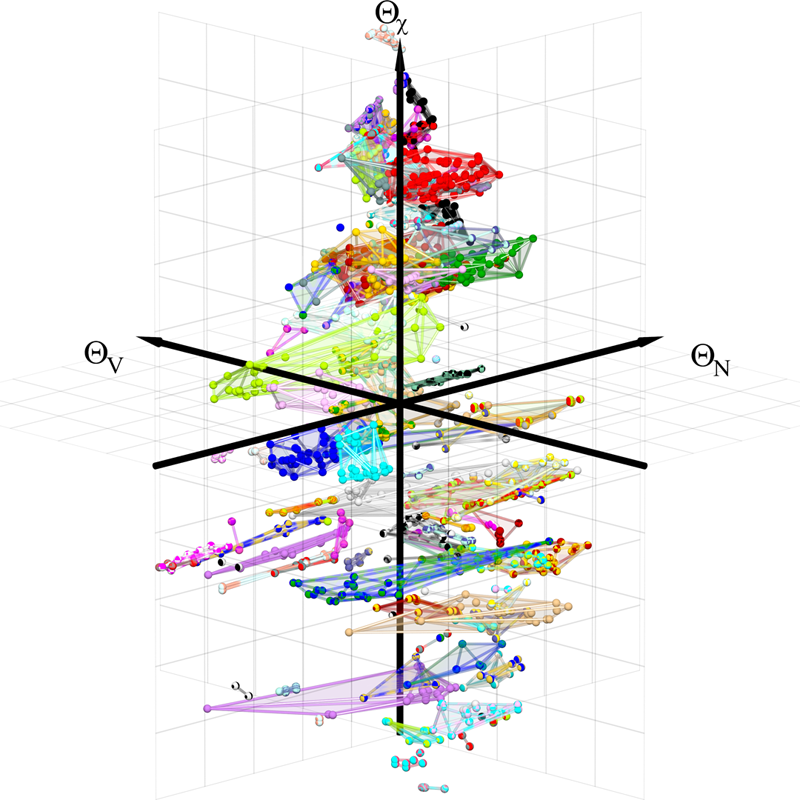- Ruhr-Universität Bochum

Atomistic modelling of extended defects and machine learning approach for TCP phases in Ni- and Co-base superalloys
Project C1 of the SFB/TR 103 relates local atomic geometry at defects and interfaces to local bond chemistry in single-crystal Ni-base and Co-base superalloys. In particular, we investigate the influence of alloying elements on phase stability, dislocations, planar faults and internal interfaces. Structure maps and atomistic simulations with density functional theory, tight-binding and bond-order potentials are employed to derive γ/γ’ alloying windows and to analyze the influence of alloying elements on deformation mechanisms.
The project has two main efforts. In her Ph.D. project Isabel Pietka develops and applies bond-order potentials for multi-component Ni-based superalloys for simulating segregation to dislocations, planar defects and interfaces. The segregation affects defect properties and the aim of the analysis is to unravel the relation between segregation and formation energy and mobility of the defects. To this end high-throughput calculations with density functional theory are carried out as well as large atomistic simulations with bond-order potentials.
Mariano Forti’s postdoc project has its focus on data analysis and aggregation. To this end Mariano employs machine learning in combination with physically motivated descriptors to analyze and predict phase stability of complex topologically close-packed phases. He furthermore develops models for optimizing alloy compositions and predicting ordered γ’ phase compositions. Mariano Forti also brings together data generated in the consortium with the aim of providing FAIR datasets in coordination with the national research data initiatives FAIRmat and NFDI-MatWerk.
